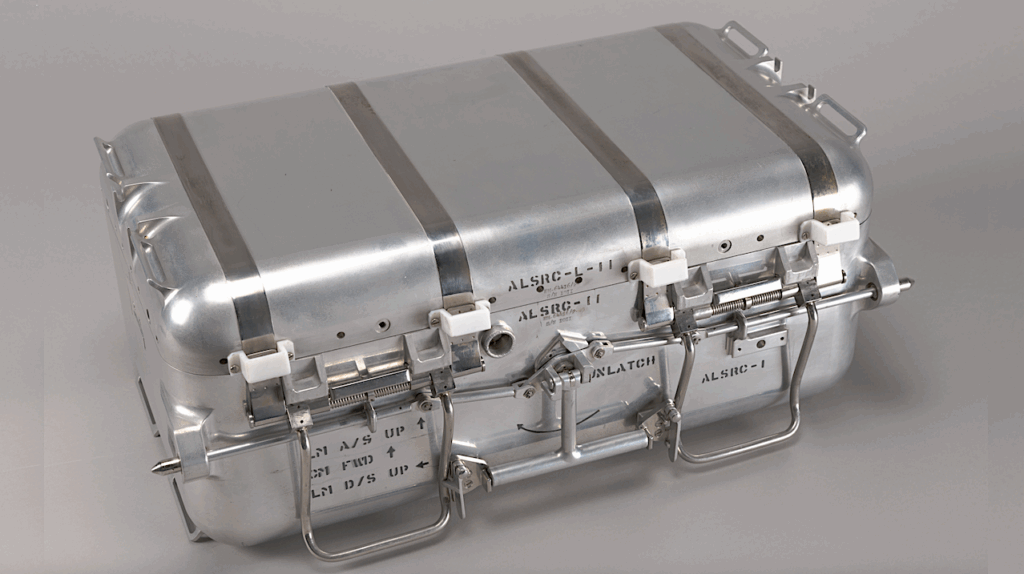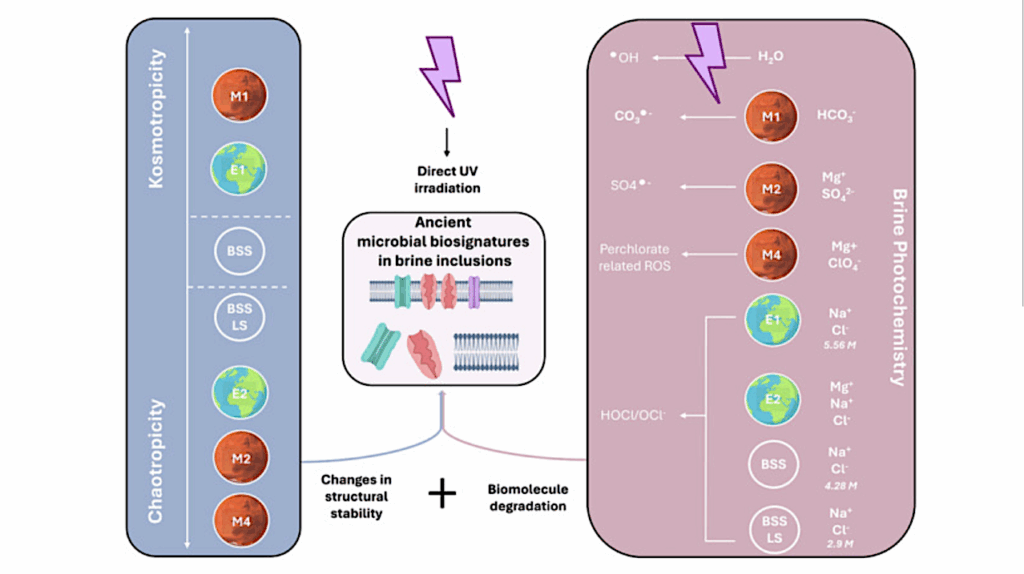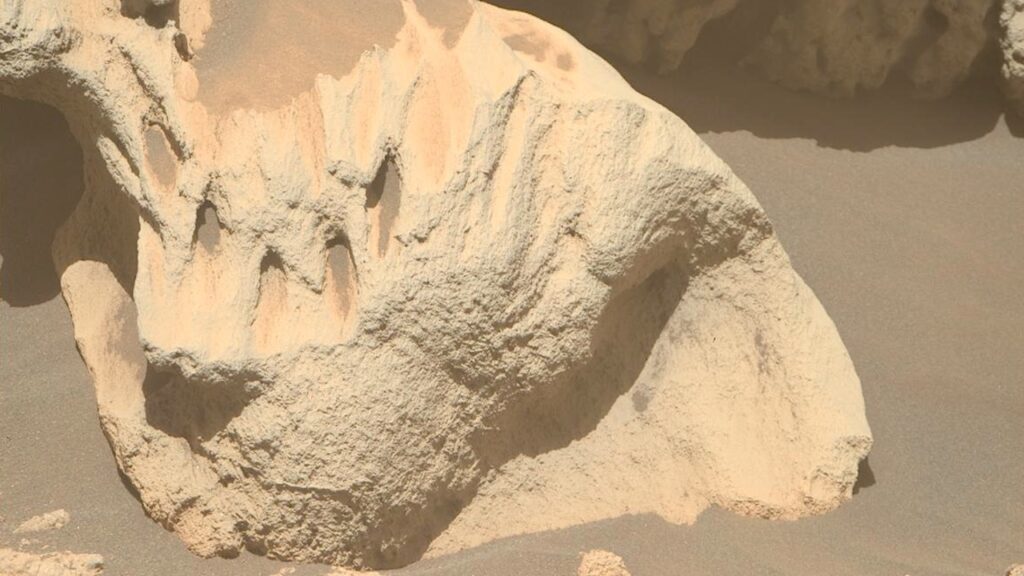Olivine-Carbonate Mineralogy of the Jezero Crater Region

A well-preserved, ancient delta deposit, in combination with ample exposures of carbonate rich materials, make Jezero Crater in Nili Fossae a compelling astrobiological site.
We use Compact Reconnaissance Imaging Spectrometer for Mars (CRISM) observations to characterize the surface mineralogy of the crater and surrounding watershed. Previous studies have documented the occurrence of olivine and carbonates in the Nili Fossae region. We focus on correlations between these two well studied lithologies in the Jezero crater watershed. We map the position and shape of the olivine 1 {\mu}m absorption band and find that carbonates are only found in association with olivine which displays a 1 {\mu}m band shifted to long wavelengths. We then use THEMIS coverage of Nili Fossae and perform tests to investigate whether the long wavelength shifted olivine signature is correlated with high thermal inertia outcrops.
We find no correlation between thermal inertia and the unique olivine signature. We discuss a range of formation scenarios, including the possibility that these olivine and carbonate associations are products of serpentinization reactions on early Mars. These lithologies provide an opportunity for deepening our understanding of early Mars, and, given their antiquity, may provide a framework to study the formation of valley networks, and the thermal history of the martian crust and interior from the early Noachian to today.
Adrian J. Brown, Christina E. Viviano, Timothy A. Goudge
(Submitted on 25 Apr 2019)
Comments: 15 figures, 2 tables
Subjects: Earth and Planetary Astrophysics (astro-ph.EP)
Cite as: arXiv:1904.11414 [astro-ph.EP] (or arXiv:1904.11414v1 [astro-ph.EP] for this version)
Submission history
From: Adrian Brown
[v1] Thu, 25 Apr 2019 15:40:03 UTC (8,518 KB)
https://arxiv.org/abs/1904.11414
Astrobiology








